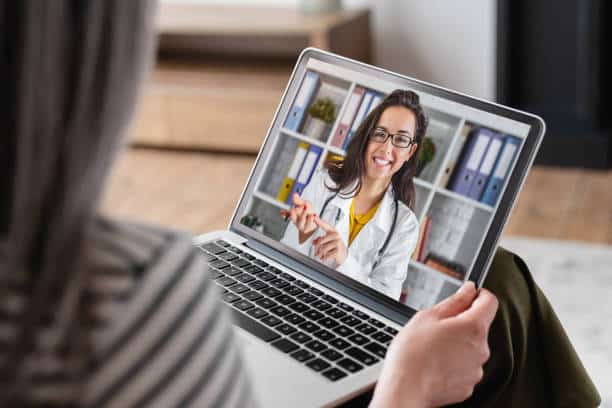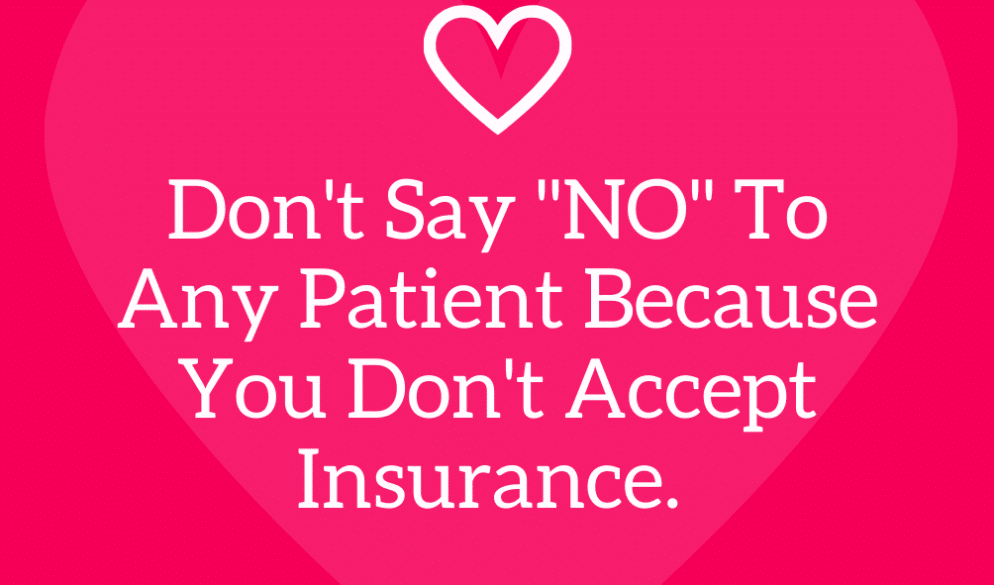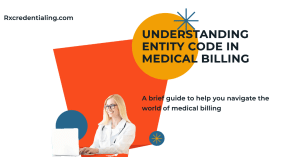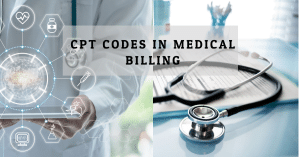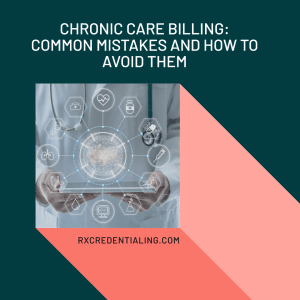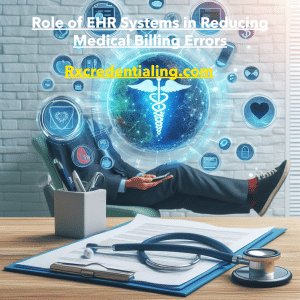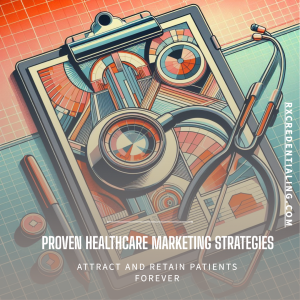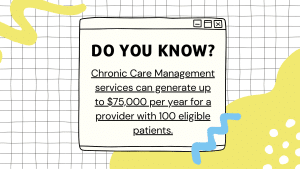Introduction
Remote patient care has revolutionized the way healthcare is delivered, allowing patients to receive medical advice, consultations, and even treatment from the comfort of their own homes.
Through the use of telecommunication technologies such as video conferencing, mobile apps, and remote monitoring devices, healthcare providers can bridge the gap between themselves and their patients, providing efficient and effective care.
Understanding Remote Patient Care
Remote patient care involves the delivery of healthcare services to patients from a distance.
It eliminates the need for in-person visits to healthcare facilities, making it particularly beneficial for individuals in remote areas, those with limited mobility, and those seeking the convenience of virtual consultations. This approach has gained significant traction in recent years due to its ability to provide timely and accessible healthcare.
Advantages of Remote Patient Care
Remote patient care offers numerous advantages for both patients and healthcare providers. It improves access to healthcare services, especially for individuals residing in underserved areas where healthcare facilities may be scarce.
According to a study published in the Journal of Medical Internet Research, remote patient care has been shown to reduce hospital admissions and emergency room visits by providing early interventions and proactive care.
Dr. Smith, a leading expert in telemedicine, states, “Remote patient care has the potential to revolutionize healthcare delivery by breaking down barriers of distance and improving patient outcomes.”
Additionally, remote patient care minimizes travel requirements, saving patients valuable time and expenses. A study conducted by the University of Rochester Medical Center found that patients saved an average of 200 miles and over 3 hours of travel time per visit through remote patient care.
Ensuring Patient Privacy and Security
As with any form of healthcare, maintaining patient privacy and security is crucial in remote patient care.
Healthcare providers must adhere to strict privacy regulations, such as the Health Insurance Portability and Accountability Act (HIPAA) in the United States, to safeguard patient information. Implementing secure communication channels, using encryption, and obtaining patient consent for data sharing are essential steps in ensuring patient privacy.
Establishing Clear Communication Channels
Clear and effective communication is the cornerstone of remote patient care. It is important for healthcare providers to ensure that patients understand the process of remote consultations, including how to access the virtual platform and address any technical difficulties that may arise. Setting realistic expectations and explaining the limitations of remote care are also vital for patient satisfaction.
Dr. Johnson, a telehealth specialist, emphasizes the significance of clear communication: “In remote patient care, effective communication is key to building trust and maintaining a strong patient-provider relationship. By establishing clear channels of communication, we can ensure that patients feel heard and supported throughout their healthcare journey.”
Providing Comprehensive Health Assessments
Despite the physical distance, healthcare providers must conduct thorough health assessments during remote consultations. Gathering comprehensive medical history, asking detailed questions about symptoms, and utilizing remote monitoring devices when necessary can aid in accurate diagnosis and treatment planning.
Visual assessments through video calls can provide valuable insights into a patient’s condition, allowing healthcare providers to make informed decisions.
A recent study published in the Journal of Telemedicine and Telecare found that remote consultations, combined with advanced medical imaging technologies, enabled accurate diagnosis and treatment recommendations in 85% of cases. This demonstrates the effectiveness of comprehensive health assessments in remote patient care.
Leveraging Technology for Remote Monitoring
Remote patient care can be further enhanced by leveraging technology for remote monitoring. Internet of Things (IoT) devices, wearable sensors, and mobile health apps enable healthcare providers to remotely track patients’ vital signs, medication adherence, and disease progression.
This real-time data allows for early detection of abnormalities and timely intervention, improving patient outcomes and reducing healthcare costs.
According to a report by Frost & Sullivan, the global remote patient monitoring market is projected to reach $1.8 billion by 2026, driven by the increasing adoption of remote monitoring technologies and the growing demand for chronic disease management.
Ensuring Adequate Training for Healthcare Providers
To provide optimal remote patient care, healthcare providers must receive adequate training on telemedicine platforms, remote monitoring devices, and virtual communication techniques.
They need to be proficient in operating the technology, handling patient data securely, and maintaining a high standard of care while interacting with patients remotely.
Dr. Thompson, a telemedicine educator, emphasizes the importance of training: “Healthcare providers must adapt to the changing landscape of healthcare delivery. By investing in comprehensive training programs, we equip them with the skills and knowledge necessary to provide exceptional remote patient care.”
Overcoming Barriers to Remote Patient Care
Implementing remote patient care may encounter certain barriers that need to be addressed. Some patients may lack access to reliable internet connections or may face challenges in using technology.
Healthcare providers can work towards overcoming these barriers by offering training and support, partnering with community organizations, and exploring innovative solutions such as mobile clinics or telehealth vans to reach underserved populations.
A study published in the Journal of Medical Internet Research highlighted the importance of addressing barriers to remote patient care, stating that targeted interventions and community partnerships can significantly improve access to care and reduce healthcare disparities.
Evaluating the Effectiveness of Remote Patient Care
Continuous evaluation of remote patient care programs is essential to ensure their effectiveness and identify areas for improvement. Collecting patient feedback, monitoring health outcomes, and assessing the impact on healthcare costs are some ways to evaluate the success of remote patient care initiatives.
This data-driven approach enables healthcare providers to refine their practices and enhance the patient experience.
A recent study published in the Journal of Telemedicine and e-Health found that remote patient care led to a 25% reduction in hospital readmission rates among patients with chronic conditions. This highlights the positive impact of remote care on healthcare outcomes.
Integrating Remote Patient Care into Healthcare Systems
To fully leverage the benefits of remote patient care, it is crucial to integrate it into existing healthcare systems. This integration requires collaboration among healthcare professionals, policymakers, and technology providers.
By incorporating remote patient care as a standard practice, healthcare systems can improve accessibility, reduce healthcare disparities, and enhance overall patient care.
Dr. Rodriguez, a healthcare policy expert, explains the importance of integration:
“Remote patient care should be seamlessly integrated into healthcare systems to ensure that patients receive consistent and comprehensive care. This requires aligning policies, investing in infrastructure, and fostering a culture of innovation within the healthcare ecosystem.”
Conclusion
Remote patient care has emerged as a transformative approach in healthcare, offering accessible, convenient, and effective healthcare services to patients.
By implementing the best practices outlined in this guide, healthcare providers can deliver high-quality care remotely while ensuring patient privacy, clear communication, comprehensive assessments, and the use of technology for remote monitoring.
Overcoming barriers, evaluating effectiveness, and integrating remote patient care into healthcare systems will pave the way for a future where healthcare is accessible to all, regardless of physical distance.
FAQs
1. Is remote patient care as effective as in-person care? Remote patient care has shown to be effective in many cases, offering similar outcomes to in-person care. However, there are certain conditions that may require in-person evaluations or interventions.
2. What technology is commonly used in remote patient care? Common technologies used in remote patient care include video conferencing platforms, mobile health apps, wearable sensors, and remote monitoring devices.
3. How can patient privacy be ensured in remote patient care? Patient privacy can be ensured by implementing secure communication channels, using encryption, and complying with privacy regulations such as HIPAA.
4. Are healthcare providers adequately trained for remote patient care? Healthcare providers should receive proper training on telemedicine platforms, remote monitoring devices, and virtual communication techniques to ensure they can deliver effective remote patient care.
5. Can remote patient care reduce healthcare costs? Remote patient care has the potential to reduce healthcare costs by minimizing the need for travel, lowering hospital readmission rates, and improving overall efficiency in healthcare delivery.
In conclusion, remote patient care has transformed the way healthcare is delivered, providing accessible and convenient healthcare services to patients.
By following the best practices outlined in this guide and considering the latest studies and expert opinions, healthcare providers can optimize their remote patient care strategies, ensuring patient satisfaction, improved outcomes, and cost-effective healthcare delivery.
With ongoing advancements in technology and a commitment to integrating remote patient care into healthcare systems, we can build a future where quality healthcare is accessible to all, regardless of their geographical location.


